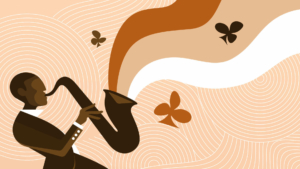
Bridge and politics, games of power

In the beginning was the club. A place where bridge players get together, where they meet before they confront each other. Or, to put it better in the present where players nearly exclusively play duplicate bridge in form of pairs or team tournaments, to compare themselves with each other. These clubs have been grouped together to form national federations, which have intermediate levels: regional committees, in the case of France, which span over several departments.
French Bridge Federation

The French Bridge Federation (FFB) has a little more than 1,000 clubs, affiliated to 29 committees, whose presidents are elected by the votes of the club members (a little less than 90,000 today). It is up to them to elect the executive board, then the board of directors, chaired by the first on the list, who becomes president of the FFB. The FFB was created in 1933 and has the aim to promote bridge and organize national competitions, naturally leading to continental and world championships.
It is a pyramidal organization, which begins at local and regional level, and at the top delivers national titles and selects the teams which will defend the French colors in the international championships. However, within its function, the Federation must also organize the teaching of bridge. For this, it has set up a bridge university – which perhaps has no equivalent in the world – with a three-level structure of diplomas: monitors, assistant teachers and teachers, in addition to school initiators.
Likewise, the directors are appointed in three stages: club, regional and national, the latter then being able to compete for the status of international referee.The FFB has large headquarters in Saint-Cloud (Hauts-de-Seine), housing not only the offices of around thirty employees and ten elected officials, but also the playing rooms for the national finals. These premises could also be subject to greater occupation during the week to contribute to the development of bridge. With its budget of nearly 8 million euros and the number of its members, the FFB ranks second among all federations in the world, behind the American Contract Bridge League (ACBL), which brings together the United States, Canada and Mexico.

One of the challenges of the next term will probably be to decentralize competitions and, at the same time, to encourage leisure bridge through specific and categorical activities taking into account the availability and wishes of each individual, depending on whether they are for young people, people who are active with work and family or seniors.
In Europe
La suite est réservée aux abonnés Funbridge Premium+
Please log in with a valid Premium+ account to read more.




Grazie!
Informative! Thanks for the education!